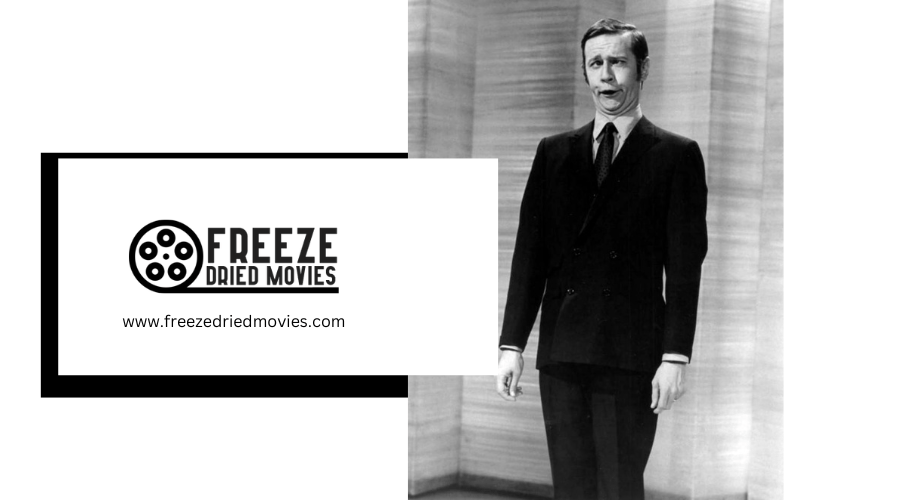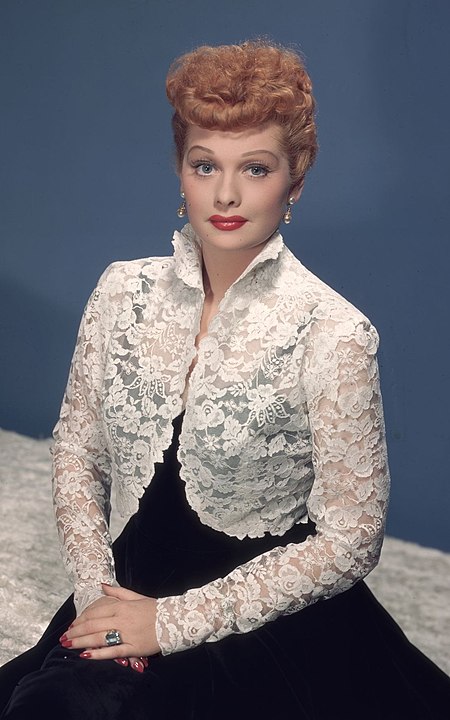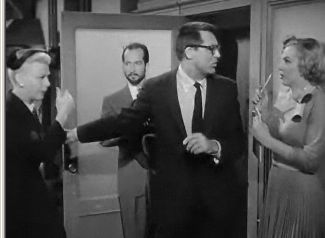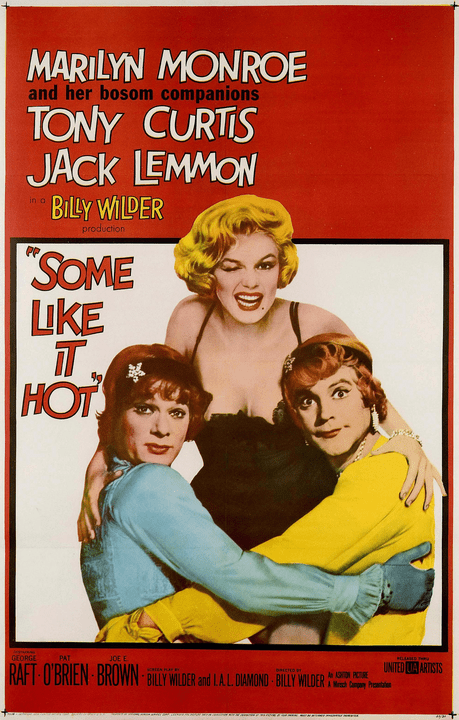You’ve likely chuckled at a classic ’50s sitcom or marveled at the sharp wit of a stand-up routine from that era, but have you ever stopped to reflect on how these moments of laughter were a part of a larger comedy evolution? The ’50s weren’t just about sock hops and drive-ins; they marked a seismic shift in humor from ensemble acts to the birth of stand-up as we understand it, challenging societal norms and setting the stage for the comedians you love today. Imagine a world where comedy clubs didn’t exist, and names like Lenny Bruce or Lucille Ball were just emerging. Let’s peel back the curtain on this transformative decade in comedy, uncovering the roots of humor that continue to shape laughs and societal commentary. What you’ll find may surprise you and change how you view the punchlines of the past.
Key Takeaways
- The ’50s saw a transition from ensemble vaudeville to solo stand-up, emphasizing personal and societal commentary.
- Comedy clubs emerged as crucial spaces for comedians to refine their craft and experiment with new material.
- Influential comedians like
- Lucille Ball, and George Carlin shaped the comedic landscape with their unique styles and perspectives.
- Comedy in the ’50s served as a platform for critiquing societal norms, including the American dream, gender roles, and materialism.
- The decade’s comedic evolution left a lasting impact on modern humor, influencing both the content and delivery of comedy in media.
Vaudeville to Stand-Up Transition
The shift from vaudeville to stand-up comedy in the ’50s marked a pivotal change in how humor was delivered and perceived. You saw performers stepping away from the ensemble antics of vaudeville to embrace the spotlight solo, armed only with a microphone and their wit. This wasn’t just a shift in format; it was a revolution in content. Comedians began to weave sharp observations about society into their routines, ditching the scripted jokes for personal and socially relevant commentary.
Lenny Bruce, in particular, didn’t just toe the line; he obliterated it, challenging cultural norms and expanding what stand-up could be. This era’s comedians weren’t just looking to get laughs; they were the voice of a changing America, addressing topics that were previously off-limits.
As you explore the world of stand-up comedy, you’ll notice it was a stark departure from vaudeville’s broad appeal. It was dimly lit clubs, not grand theaters, where comedians honed their craft, experimented with their comedic styles, and connected with audiences on a more intimate level. This shift wasn’t just a change in venue; it was a transformation in the essence of comedic performance.
Rise of the Comedy Clubs
Let’s now explore how comedy clubs became the breeding ground for the comedic genius of the ’50s. As dedicated experimental hubs, these clubs were more than just venues; they were vibrant communities where stand-up comedy flourished. Imagine walking into a dimly lit room, filled with anticipation, and witnessing the evolution of comedic styles that would come to define an era. This was the essence of comedy clubs during the ’50s.
These spaces were pivotal in refining and honing the craft of stand-up comedy. Comedians had the freedom to experiment, fail, and succeed, all within the supportive walls of these clubs. It was here that the progression of stand-up comedy from a live performance art to television specials began. This shift not only showcased the development of the art form but also marked the beginning of stand-up comedy’s journey to becoming a widely accessible art form.
The rise of comedy clubs in the ’50s laid the groundwork for the future of stand-up comedy. Their role in shaping this art form cannot be understated. As stand-up comedy’s popularity grew, so did its accessibility, reaching a wider audience through online platforms and beyond.
Influential Comedians of the ’50s
Diving into the ’50s, you’ll discover influential comedians who not only defined the era but also reshaped comedy’s future. Bob Hope led the charge with his unmatched wit and charm. His USO tours aren’t just a tribute to his patriotism but also to his ability to bring laughter in times of distress. Then you’ve got Lucille Ball, a powerhouse in ‘I Love Lucy,’ breaking through the comedy ceiling for women, all while revolutionizing the sitcom format amidst a backdrop of sexual repression.
George Carlin, though at the dawn of his career, began to challenge the norms with his sharp social commentary and countercultural humor. He dared to poke fun at the societal taboos of the day, setting the stage for a new wave of comedy. Red Skelton, with his slapstick comedy and memorable characters, brought an innocence and joy that contrasted with the era’s underlying tensions. And don’t forget Jack Benny, whose comedic timing and self-deprecating humor made him a household name, proving that you could laugh at yourself and the world around you, even when that world was wrapped in the constraints of sexual repression. These icons didn’t just make people laugh; they transformed comedy into a mirror of society, reflecting its quirks, its flaws, and its beauty.
Comedy and Cultural Commentary
Comedy in the ’50s didn’t just make you laugh; it held up a mirror to society, reflecting its challenges and taboos through humor. Films like ‘Monkey Business’ and ‘Gentlemen Prefer Blondes’ brought quirky, original comedy that wasn’t afraid to tackle the American dream’s complexities. Directors such as Howard Hawks and Billy Wilder masterfully used humor to critique normality, hypocrisy, and power, delivering messages that resonated with audiences then and now.
Here’s how comedy became a tool for cultural commentary:
- Breaking Taboos Hysterically: Sexual repression, societal frustrations, and the absurdity of life were all fair game. Comedy provided a safe space to explore and laugh at these themes.
- Critiquing Power and Hypocrisy: Through laughter, films questioned the status quo, poking fun at the powerful and highlighting the hypocrisy in everyday society.
- Reflecting on Identity and Materialism: Comedies dissected American identity, love, acceptance, and the relentless pursuit of material success, making audiences both laugh and think.
In essence, ’50s comedy didn’t just entertain; it offered sharp, hysterical commentary on the American way of life, making it a pivotal era for humor as a form of social critique.
Legacy of 1950s Comedy
Building on its role as a social commentator, the legacy of 1950s comedy continues to influence modern humor and media. Ed Sikov’s book ‘Laughing Hysterically: American Screen’ explores deeply into how comedies of the ’50s, with their rebellious themes and societal critiques, set a precedent for future generations. Directors like Howard Hawks and Billy Wilder didn’t just make people laugh; they used their films to poke fun at and question the world around them.
Take ‘Gentlemen Prefer Blondes’ as an example. It’s not just a romp about two women looking for love; it’s a clever critique on gender roles and societal expectations. Similarly, ‘Some Like It Hot’ turns the concept of identity on its head, challenging viewers to reconsider their preconceptions about love and deception.
But the ’50s weren’t just about gender politics. Alfred Hitchcock’s ‘The Trouble With Harry’ introduced audiences to a blend of dark humor and mystery, while Frank Tashlin’s ‘Will Success Spoil Rock Hunter?’ took a satirical jab at celebrity culture and materialism. These films didn’t just entertain; they left a mark on comedy that’s still felt today, proving that a good laugh can also make you think.
Frequently Asked Questions
How Did TV Affect ’50s Comedy Popularity?
TV transformed ’50s comedy, making it hugely popular. You saw comedians reach millions, changing the game. It wasn’t just about the jokes; it was about connecting with audiences right in their living rooms.
Were Women Comedians Prominent in the ’50s?
Well, they weren’t as visible as men, but some broke through barriers, making notable impacts and paving the way for future generations.
Did the Cold War Influence ’50s Comedy?
Yes, the Cold War did influence ’50s comedy. You’ll find that comedians often used humor to tackle the era’s tensions, making light of fears and political situations to provide relief and provoke thought.
How Was Comedy Recorded or Distributed?
In the ’50s, comedy was mainly recorded on vinyl records and broadcast on TV and radio. You’d find comedians releasing albums or performing live on shows, reaching audiences far and wide through these mediums.
Were There Comedy Awards in the ’50s?
Yes, there were comedy awards in the ’50s. You’d find competitions and honors specifically aimed at recognizing comedic talent. They celebrated the best in humor, giving comedians a platform to shine even brighter.
Conclusion
As you’ve seen, the ’50s transformed comedy from group vaudeville acts to intimate stand-up routines, challenging societal norms and shaping humor’s future. Comedy clubs became breeding grounds for talent, allowing voices like Bruce, Ball, and Carlin to leave indelible marks on culture and comedy. This era wasn’t just about laughs; it was a mirror to society, critiquing and reflecting on our identities and values. The legacy of ’50s comedy is a demonstration of humor’s power in sparking change and fostering connection.




